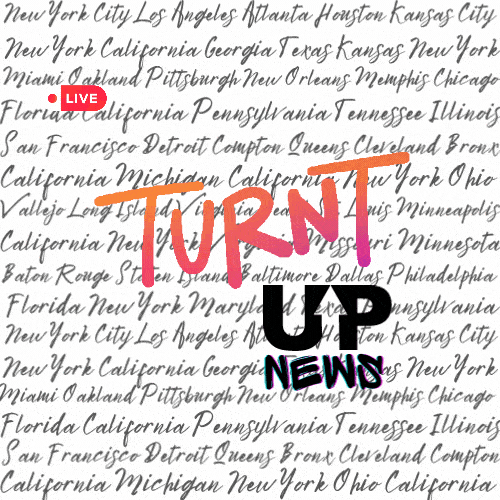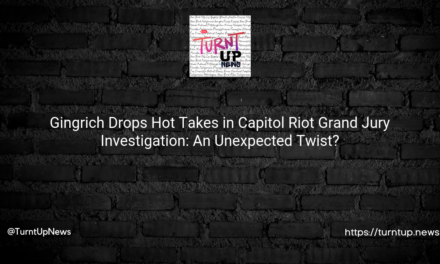🎭 Roe v. Wade’s Curtain Fall: Abortion Laws Now a Confusing Quilt, Deepening Inequalities 🧩
TL:DR; 🎯
One year post Roe v. Wade’s overthrow, U.S. abortion care has morphed into a confusing labyrinth of state laws, exacerbating already present inequalities. Women’s reproductive rights now hang by the thread of their residential location. Even worse, these inconsistencies are feeding health disparities and intensifying societal divisions. And here’s the kicker – education about sexual consent and contraception seems to be lagging in colleges. Meanwhile, states like Texas, Louisiana, and Mississippi have essentially banned abortion post six weeks, while others are becoming safe havens for abortion rights. So, what does this mean for women, especially those in the lower socioeconomic strata?
💥 The Aftermath of Roe v. Wade 💥
The Dobbs v. Jackson ruling has set the stage for each state to don the director’s hat and decide its own abortion laws. This has led to a patchwork quilt of laws – from absolute bans to full protection of abortion rights. Imagine waking up in Texas to realize that your right to an abortion has been curtailed to six weeks, while in New York, it’s a whole different story. Is your head spinning yet? 🎢
The medical field isn’t having an easy ride either. With approximately 50% of OB-GYN programs located in states with restrictive access to abortion, the future generation of gynecologists may be walking a tightrope. Is it possible that, soon, there might be fewer healthcare providers equipped to handle abortions and related gynecologic procedures? ⚕️🤔
💔 The Divided States of Healthcare 💔
The real victims of this turmoil are, unsurprisingly, the poorest women in the U.S. Their access to education, wage earning, and consequently, their escape from poverty, is significantly limited by the lack of access to abortion. Moreover, over 30 states ban public Medicaid payments for abortion. Talk about a rock and a hard place! Is America now a land of healthcare apartheid? 💸🚫
The impacts of restrictive abortion laws extend beyond just healthcare. States with the strictest laws have the poorest pregnancy and maternal health outcomes, particularly for women of color. For instance, Mississippi and Louisiana have both the most restrictive abortion laws and the highest rates of maternal mortality. Isn’t it ironic that the very laws aimed at “protecting” life are increasing the risk of death? 💀⚖️
🚫 The Danger of No Choice 🚫
With legal avenues blocked, more women might turn to dangerous methods to terminate their pregnancies. Texas has already seen an uptick in sepsis from incomplete abortions. Remember the septic abortion wards pre-1973? They could make a terrifying comeback. How many more women need to suffer before we realize the cost of restrictive laws? 🚑💔
💥The Ignored Victims💥
Let’s not forget the women affected by violence. More than 25% of women in the U.S. experience physical or sexual violence, often leading to unwanted pregnancies. Yet, 14 states offer no exceptions for rape or incest in their abortion bans. So, where does this leave victims of sexual violence? Caught in a terrifying loop of trauma and fear. 🚷😰
The aftermath of Roe’s fall has left women navigating an unpredictable and divisive landscape of reproductive health. This is just the tip of the iceberg, with the full impact of eliminating the constitutional right to abortion yet to unfold. So here’s a question for you, as the dust settles on this constitutional upheaval: what does the future of women’s reproductive





